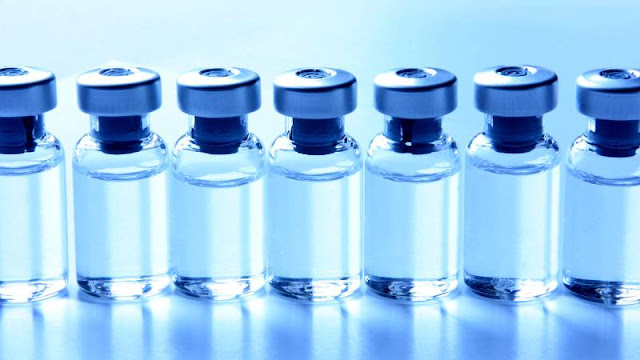enhancing patient experience and care

The world of healthcare and beauty may seem like two distinct realms, but advancements in hospital technology have begun to bridge the gap between these fields. Hospitals increasingly incorporate beauty-related technologies and services to enhance patient experience and promote healing. From spa-like environments to specialized beauty treatments, this article explores the intersection of hospital technology and beauty, highlighting patient benefits and the advancements driving this integration.
Creating Healing Environments: The Power of Ambiance
Hospitals are moving beyond the sterile and clinical
environments of the past and are now embracing the concept of healing
environments. These spaces reduce stress, promote relaxation, and improve
overall well-being. One aspect of creating healing environments is
incorporating beauty-related elements to enhance the patient experience.
Hospital rooms are transformed into spa-like spaces with
soothing colors, soft lighting, and comfortable furnishings. These aesthetic
enhancements can help patients feel more at ease and improve their well-being.
Furthermore, natural elements such as indoor gardens or water features are incorporated
into hospital design to create a calming and serene atmosphere.
Advanced Lighting Systems: Promoting Healing and Circadian Rhythms
Lighting systems have a significant impact on patient
well-being and healing. Hospitals are implementing advanced lighting
technologies to mimic natural light and regulate circadian rhythms. This
approach, known as circadian lighting, helps patients maintain their natural
sleep-wake cycle and promotes healing by providing the right light at the right
time.
In addition to promoting circadian rhythms, lighting systems
can also be used to create a soothing ambiance. Soft, warm lighting can be used
in patient rooms to create a calming atmosphere, while adjustable lighting in
surgical suites can help surgeons focus and enhance visibility.
Beauty Treatments for Patients: A Holistic Approach to Healing
Hospitals are increasingly recognizing the importance of a
holistic approach to patient care, which includes addressing physical and
emotional health. Beauty treatments and services are being integrated into
hospital settings to provide patients with moments of relaxation and self-care
during their stay.
Some hospitals now offer spa services such as facials,
massages, and nail treatments, which can provide patients with comfort and
relaxation. These treatments offer physical benefits, help alleviate stress,
and promote a positive emotional state. Additionally, wig boutiques and beauty
consultants can assist patients undergoing treatments that may affect their
appearance, such as chemotherapy, by offering advice and support.
Cosmetic and Reconstructive Surgery: Restoring Confidence and Self-Esteem
Cosmetic and reconstructive surgery has long been a part of hospital services, but technological advancements have greatly improved patient outcomes and experiences. These procedures can help patients regain their confidence and self-esteem after trauma or illness, making them feel more positive and empowered.
Technological advancements in cosmetic and reconstructive
surgery include 3D imaging and virtual reality simulations. These tools allow
patients to visualize the potential outcomes of their procedures, enabling them
to make informed decisions and have realistic expectations.
Furthermore, hospitals are increasingly offering integrative
approaches to cosmetic and reconstructive surgery. This includes combining
surgical procedures with non-invasive treatments such as laser therapy or
injectables, providing patients with comprehensive care and optimal results.
Technology in Dermatology: Advanced Skin Diagnostics and Treatments
Dermatology has seen significant technological advancements,
enhancing both diagnostics and treatment options. Hospitals are incorporating
advanced skin diagnostic tools, such as dermoscopic and confocal microscopes,
to assess skin conditions and identify potential concerns accurately.
Additionally, technology has revolutionized the field of
cosmetic dermatology. Laser and light-based therapies can effectively treat skin
concerns, including acne, scars, and pigmentation. These treatments provide
patients with non-invasive alternatives to traditional surgical procedures,
resulting in minimal downtime and improved cosmetic outcomes.
Conclusion
Integrating beauty-related technologies and services within
hospital settings transforms the patient experience and care delivery.
Hospitals prioritize healing environments, incorporate advanced lighting
systems, and provide beauty treatments to promote relaxation and well-being.
Cosmetic and reconstructive surgery, medical aesthetics, and advanced
dermatological technologies empower patients to address beauty concerns and
improve self-confidence. As hospitals continue to explore the intersection of
technology and beauty, patients can expect enhanced experiences, personalized
care, and a more holistic approach to healing.


